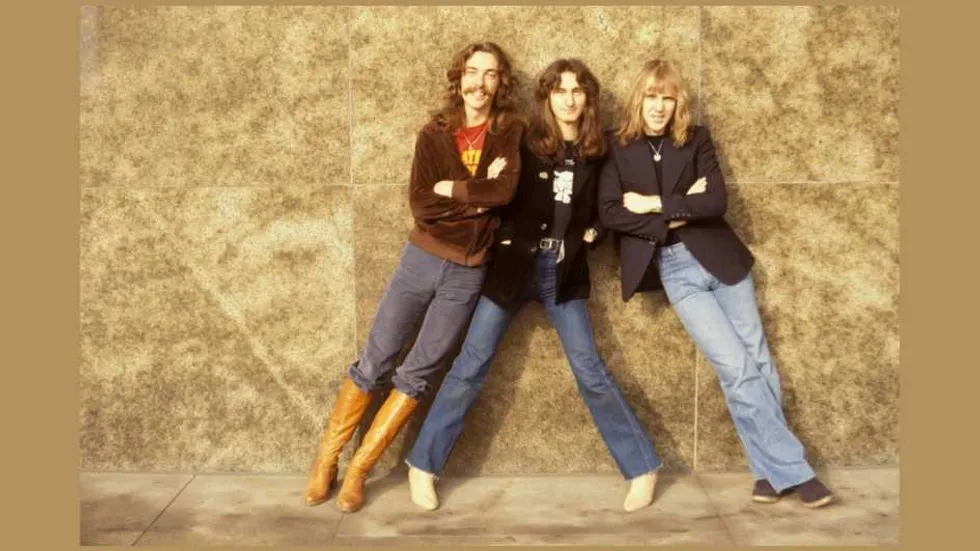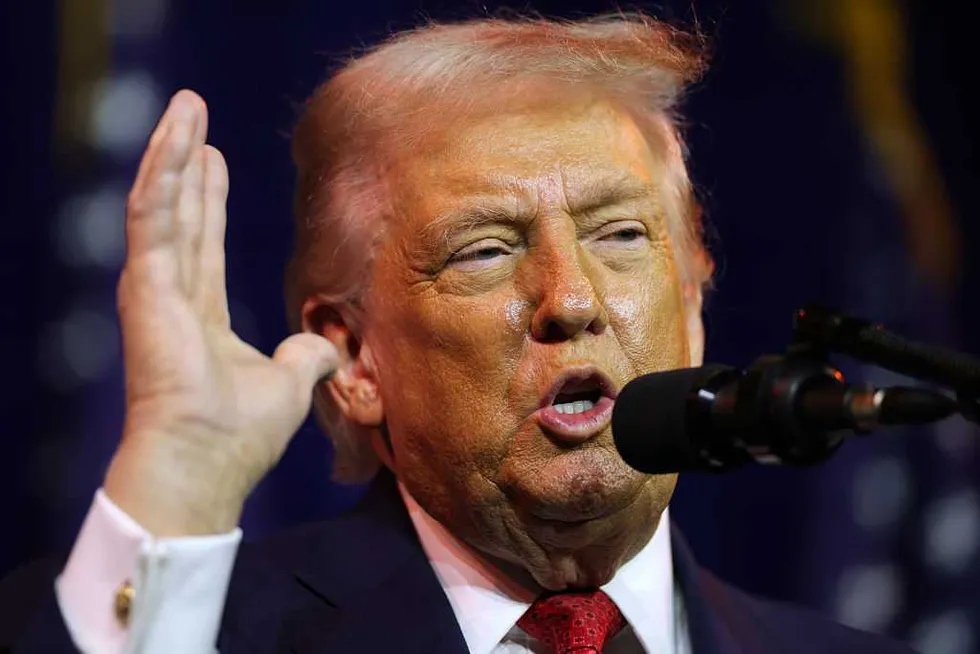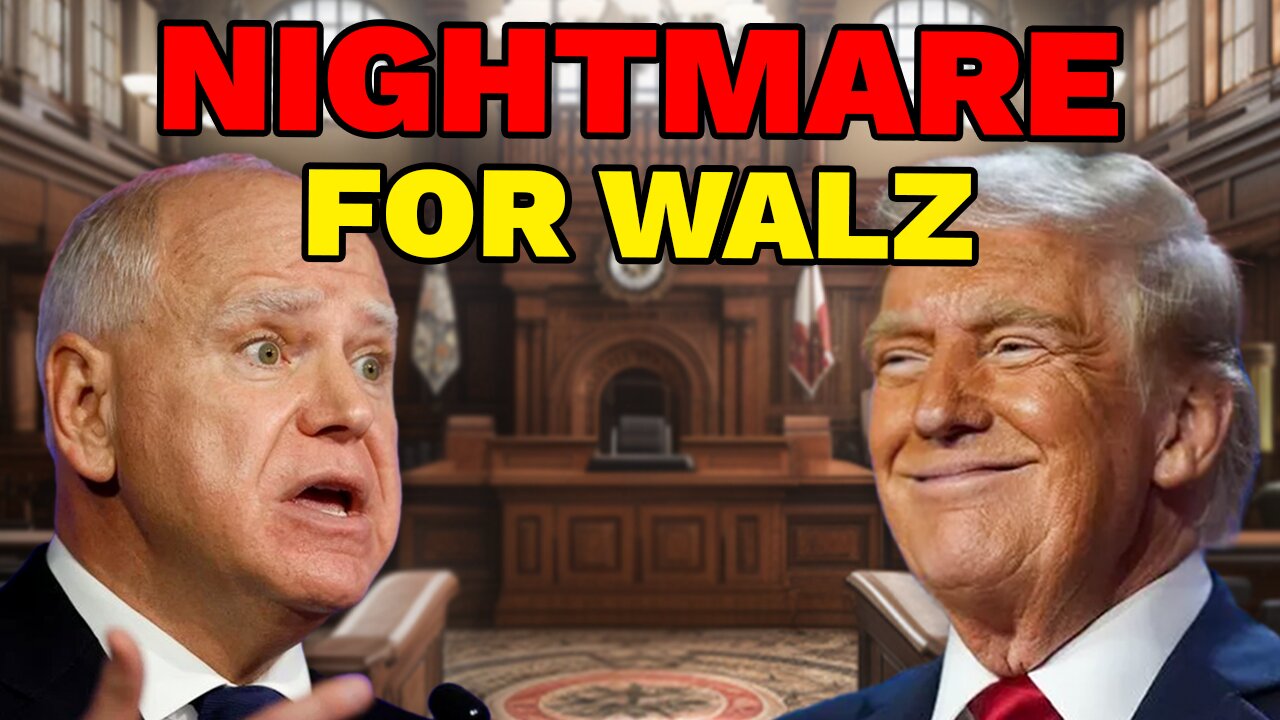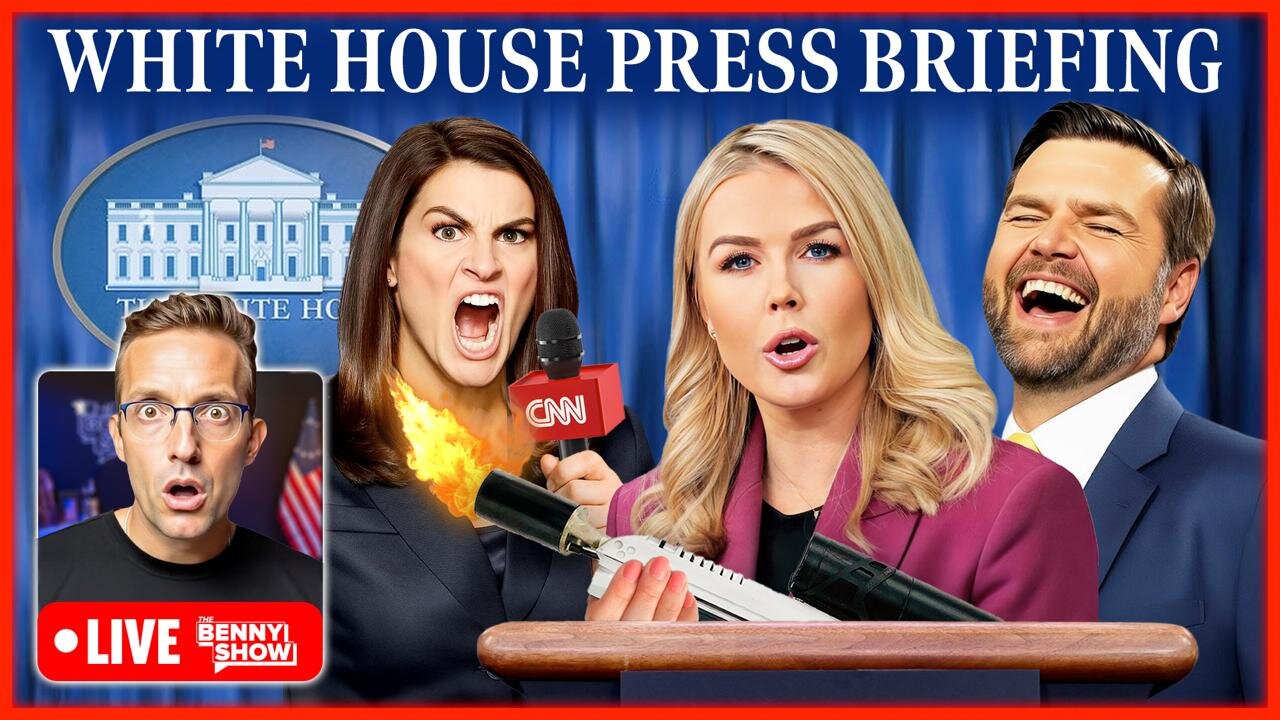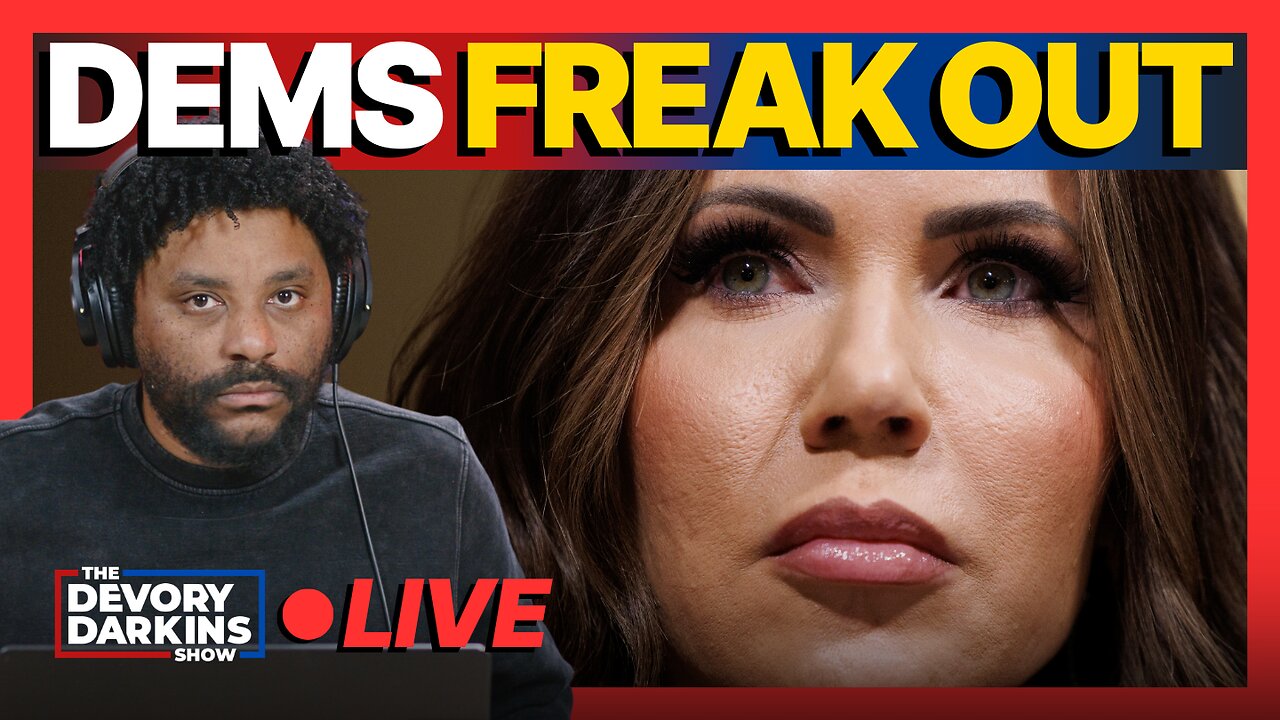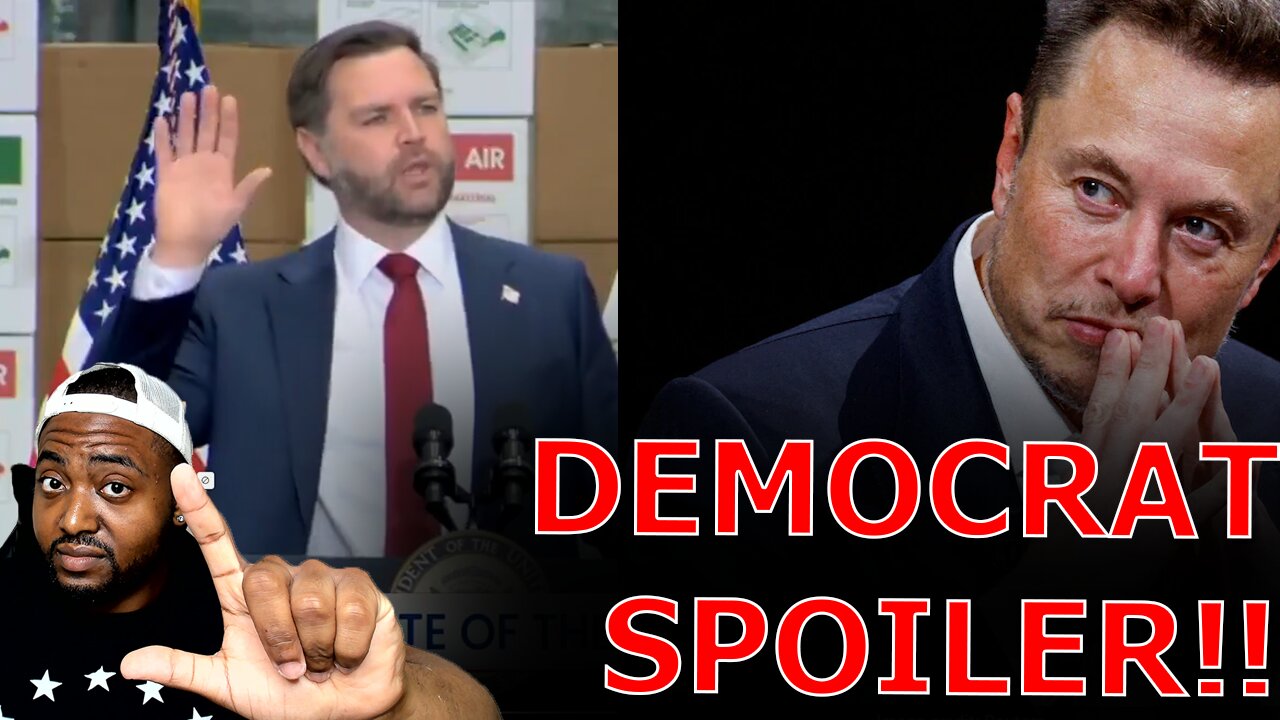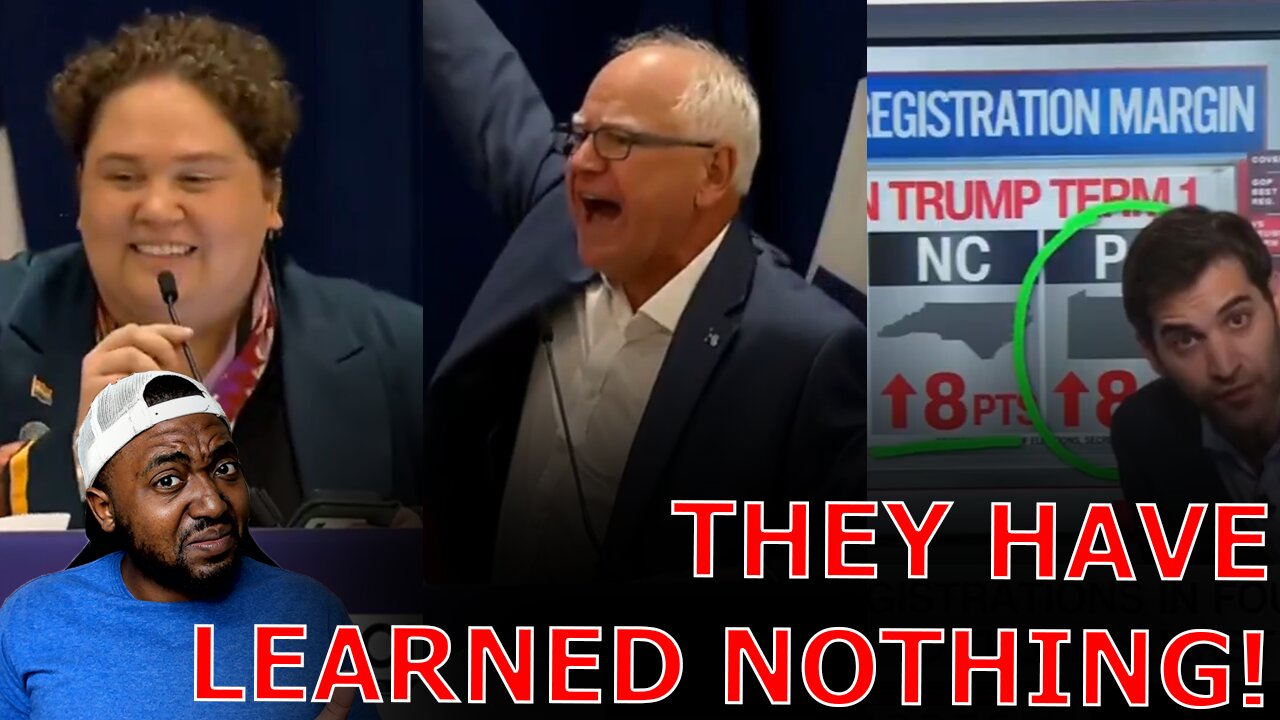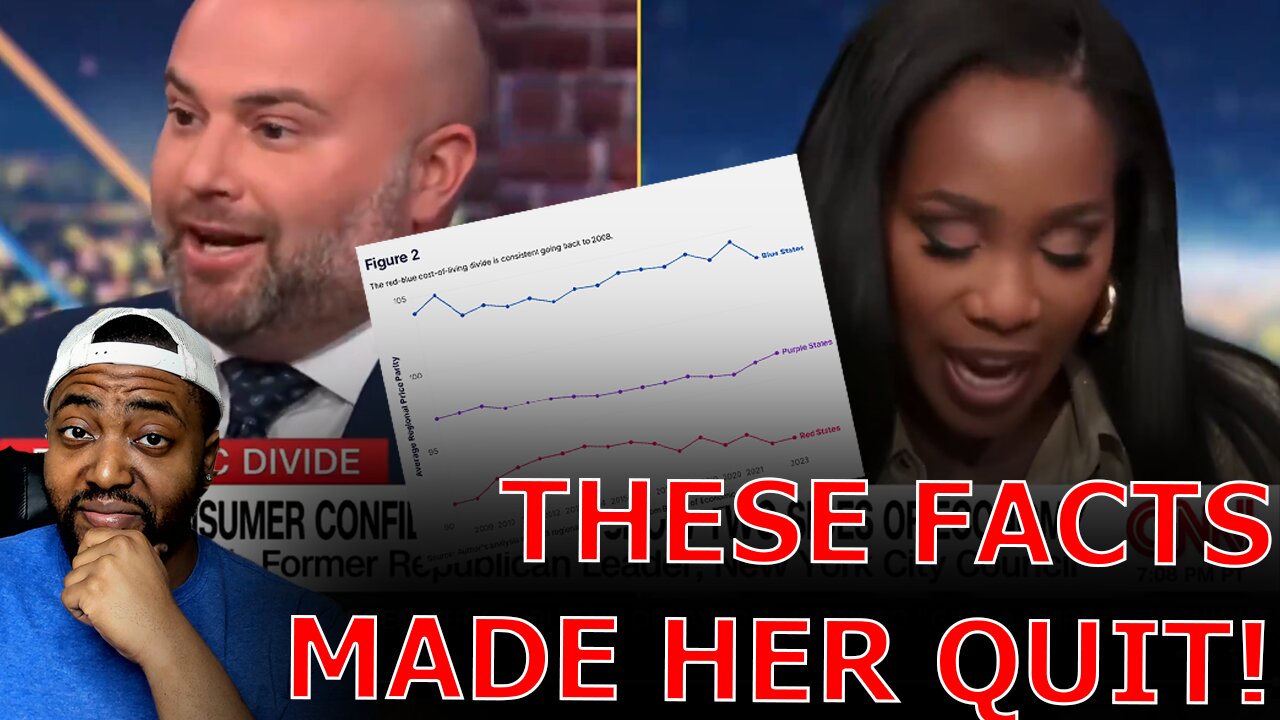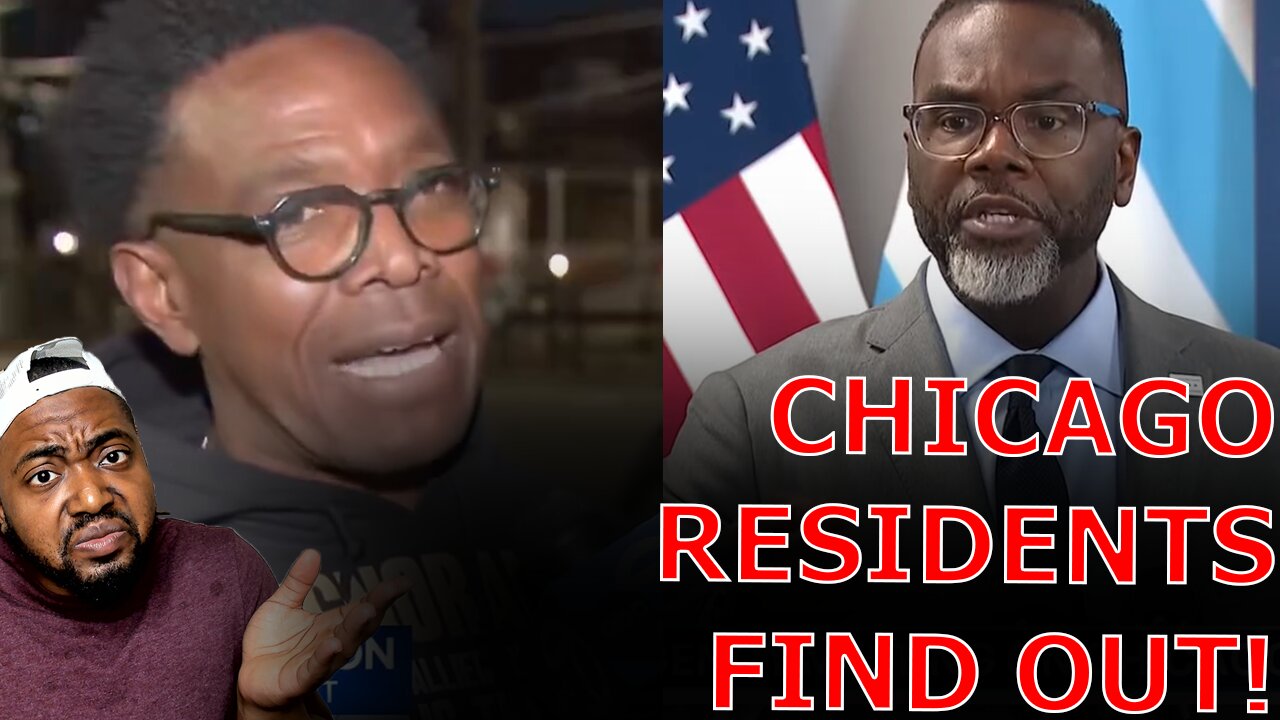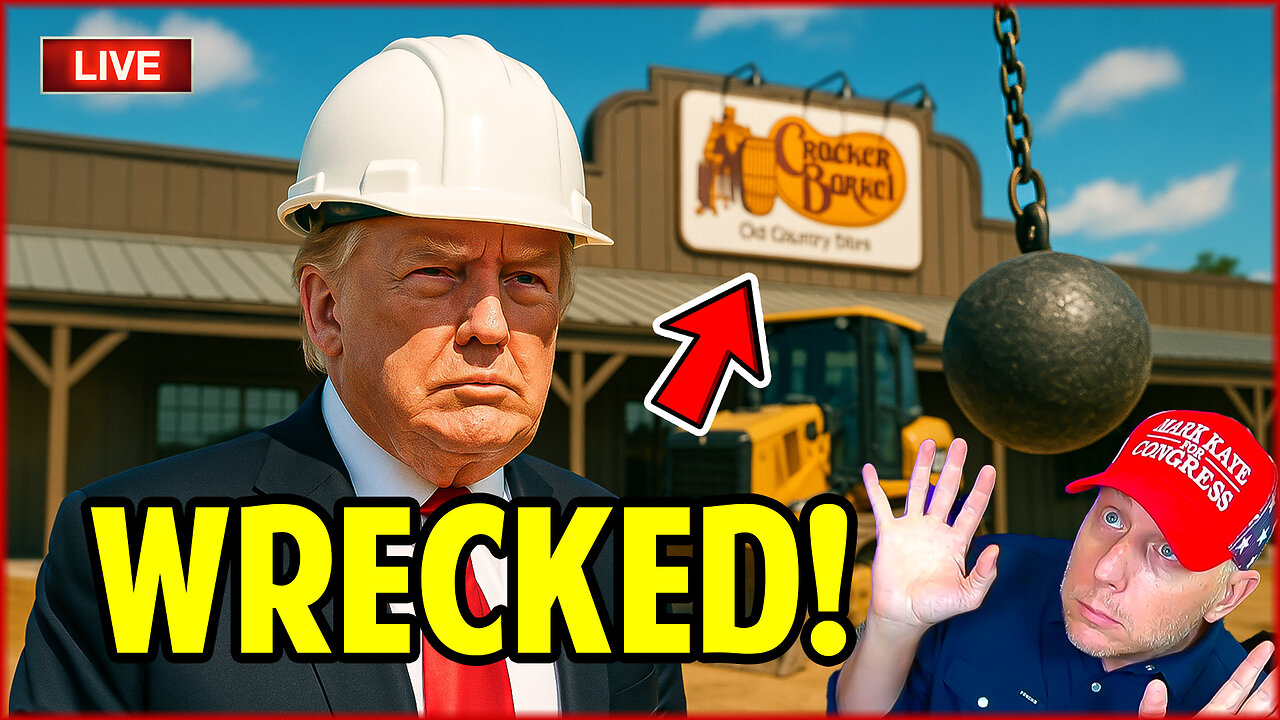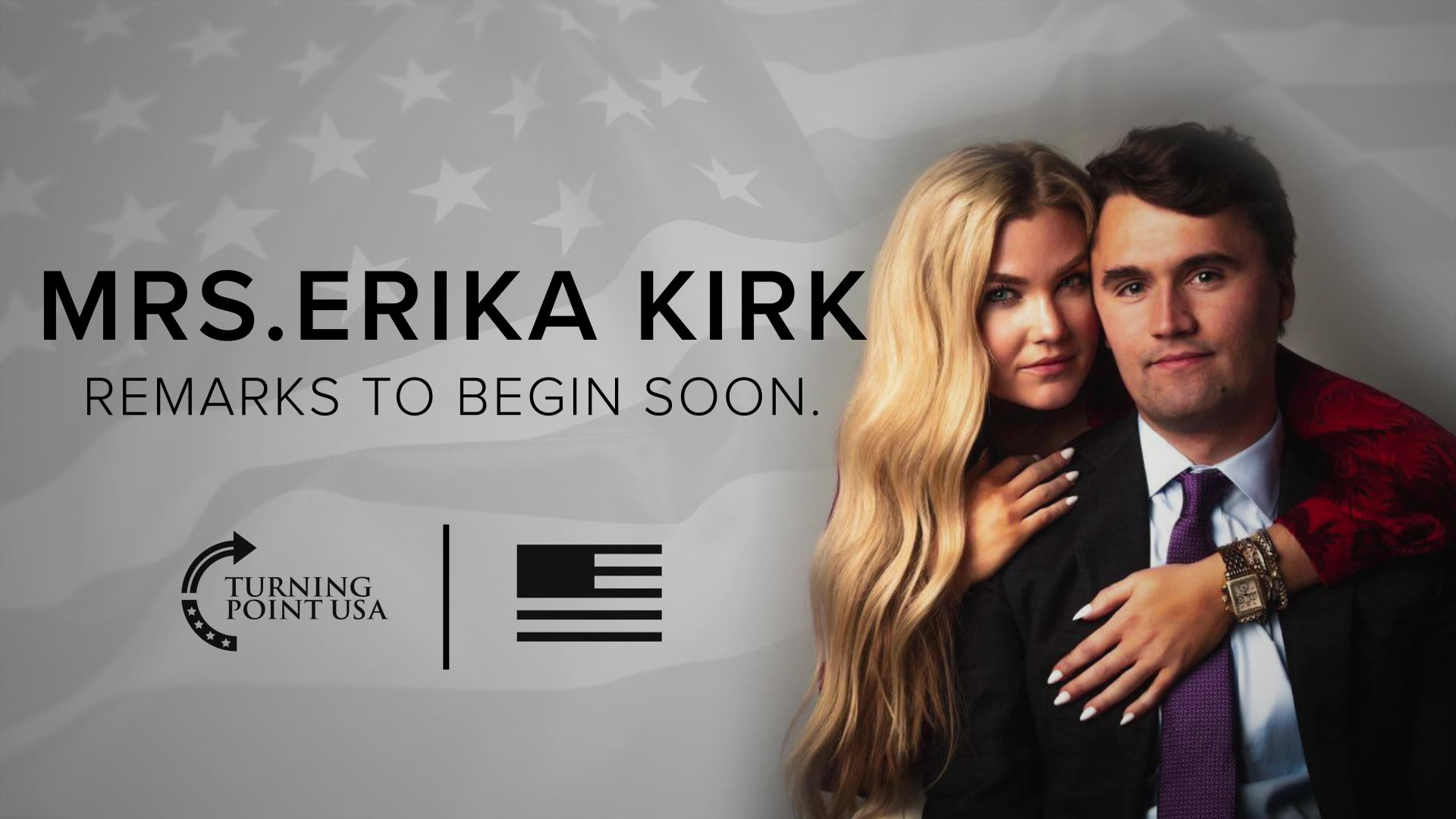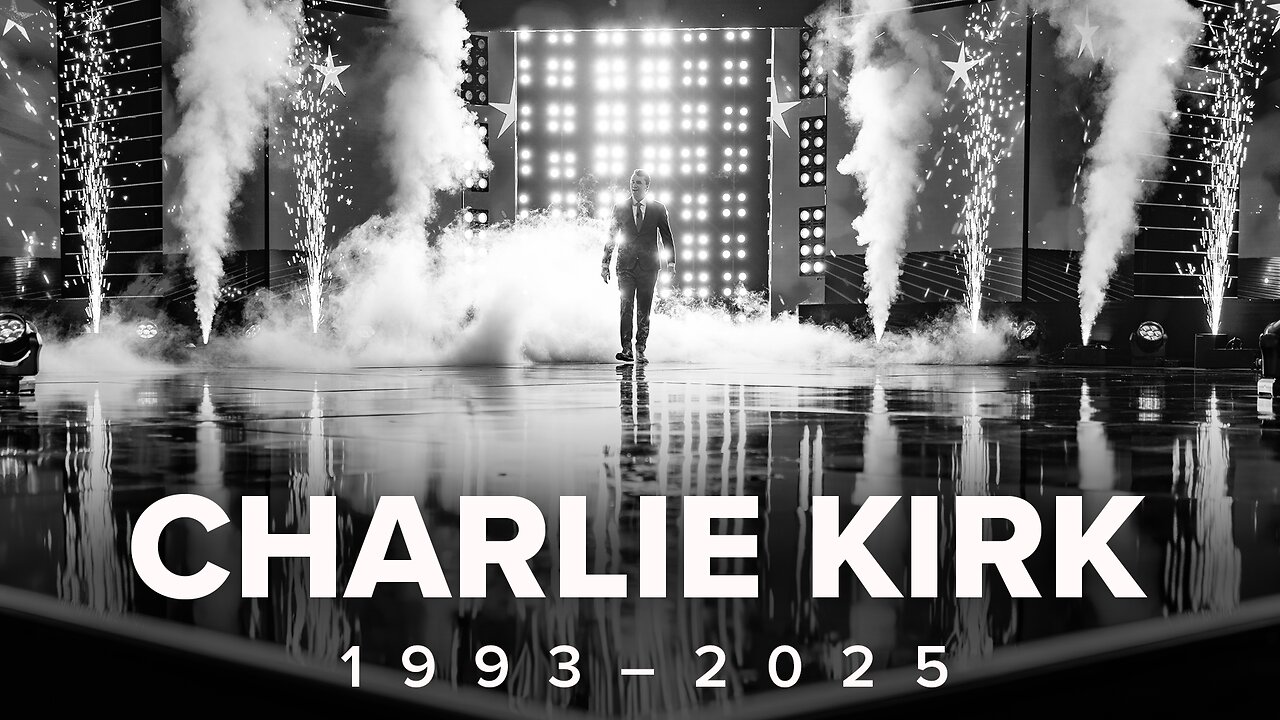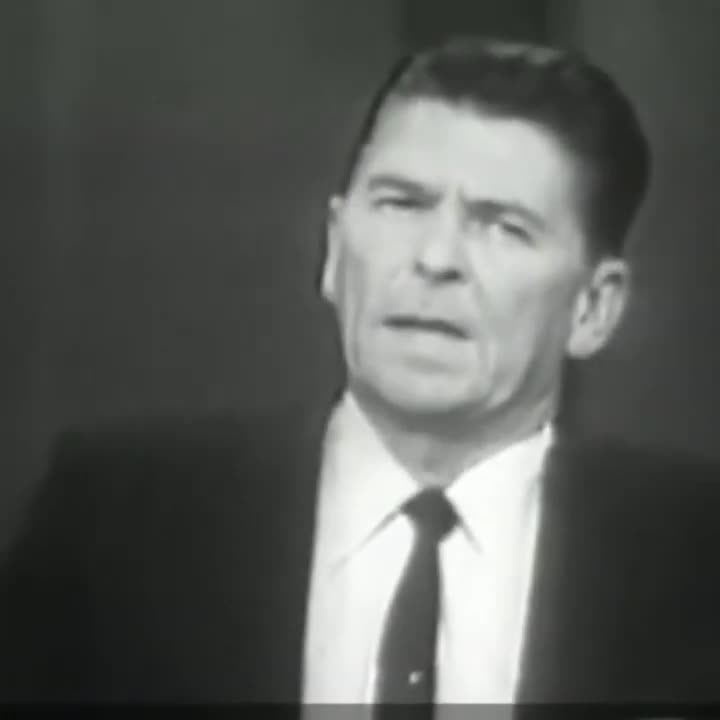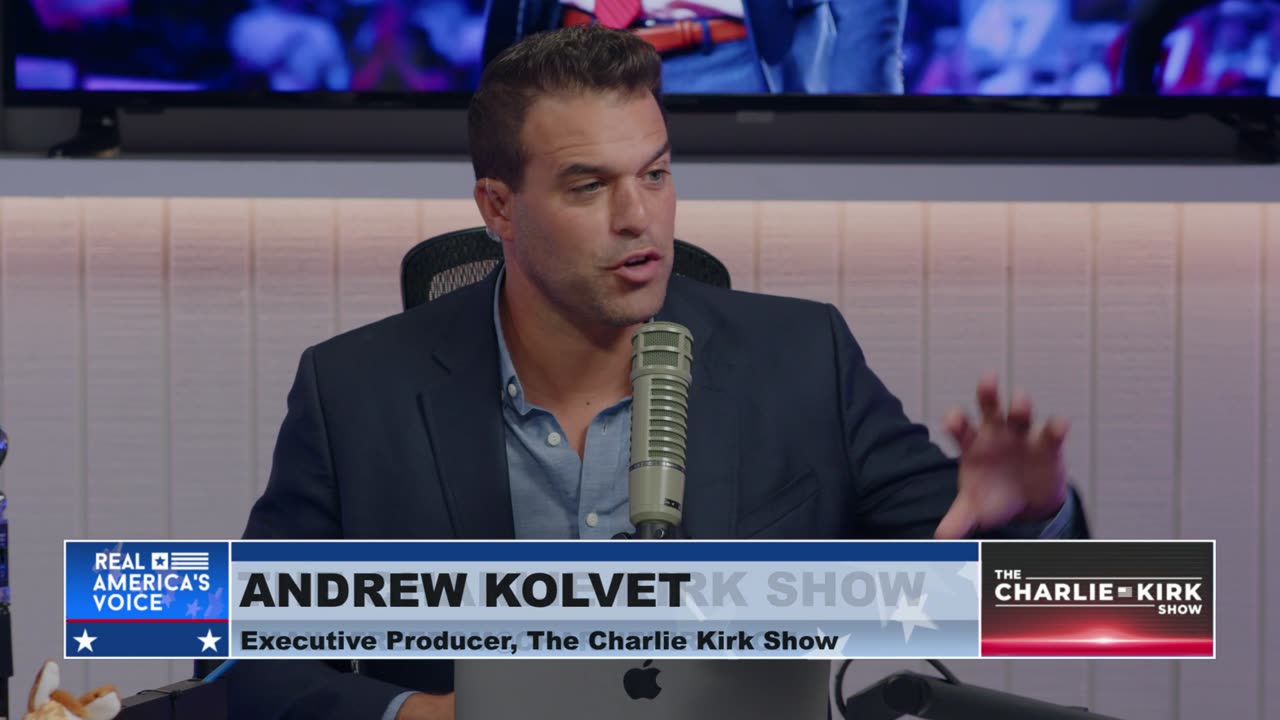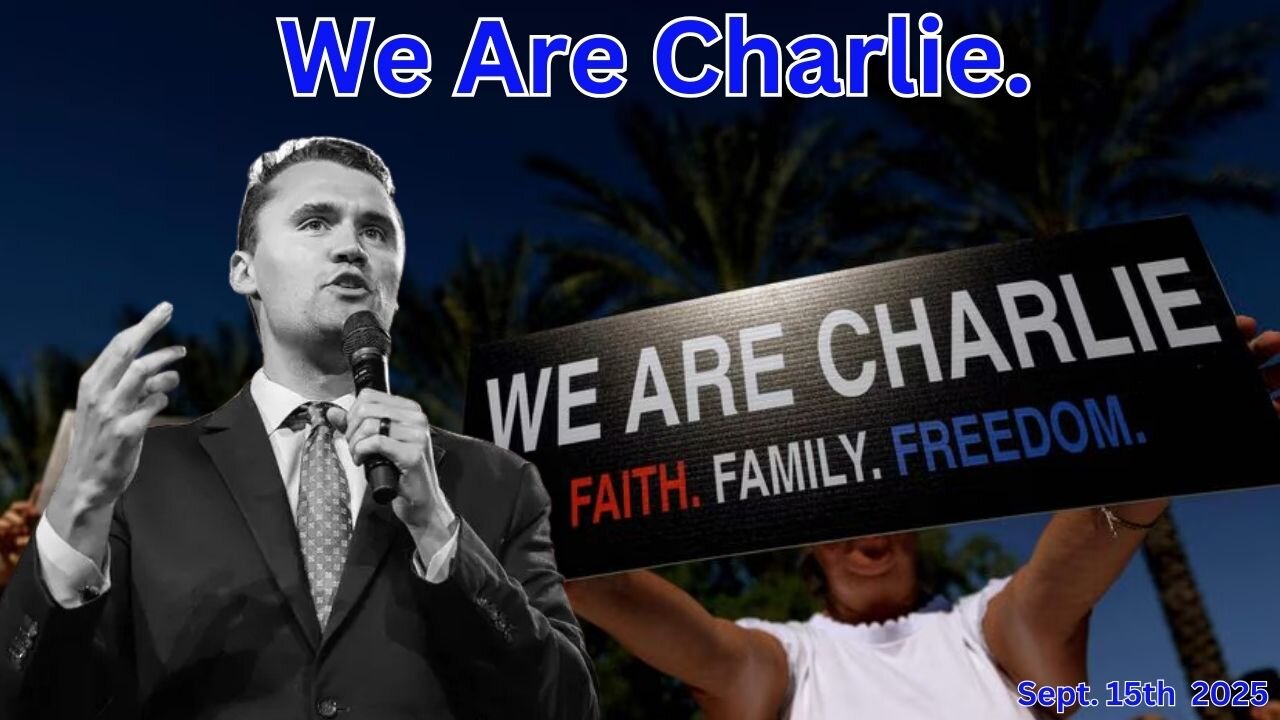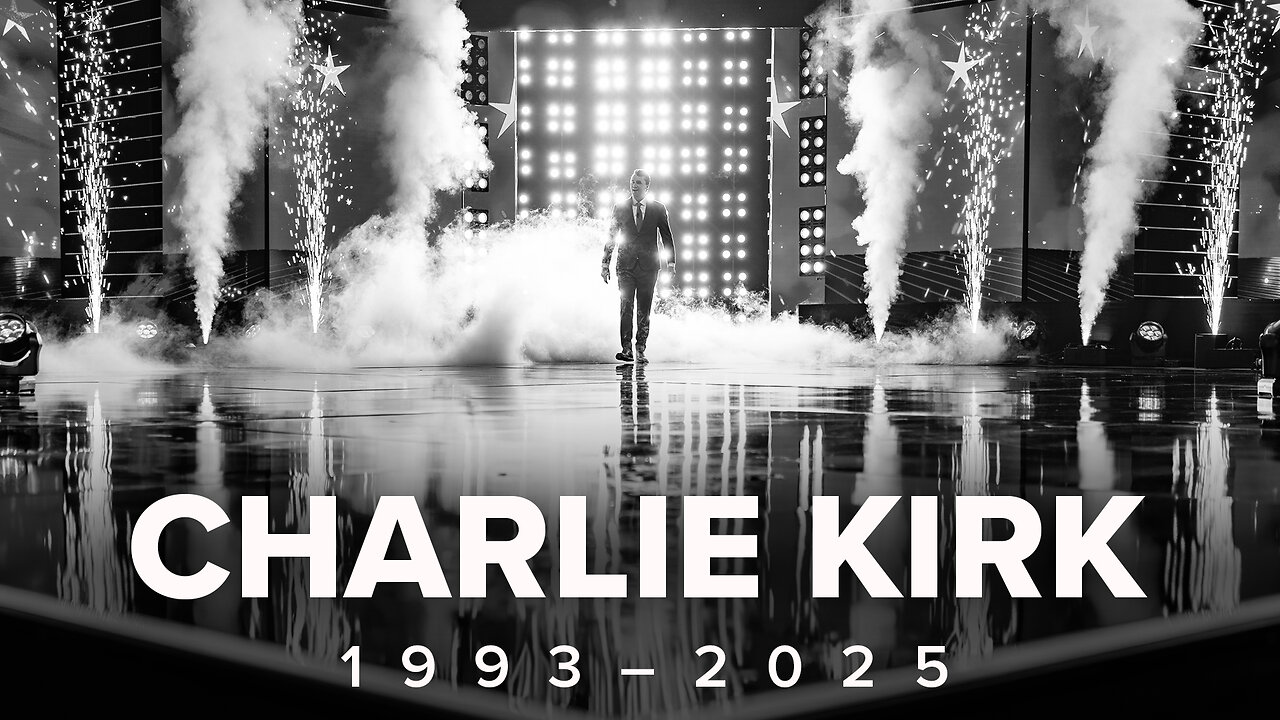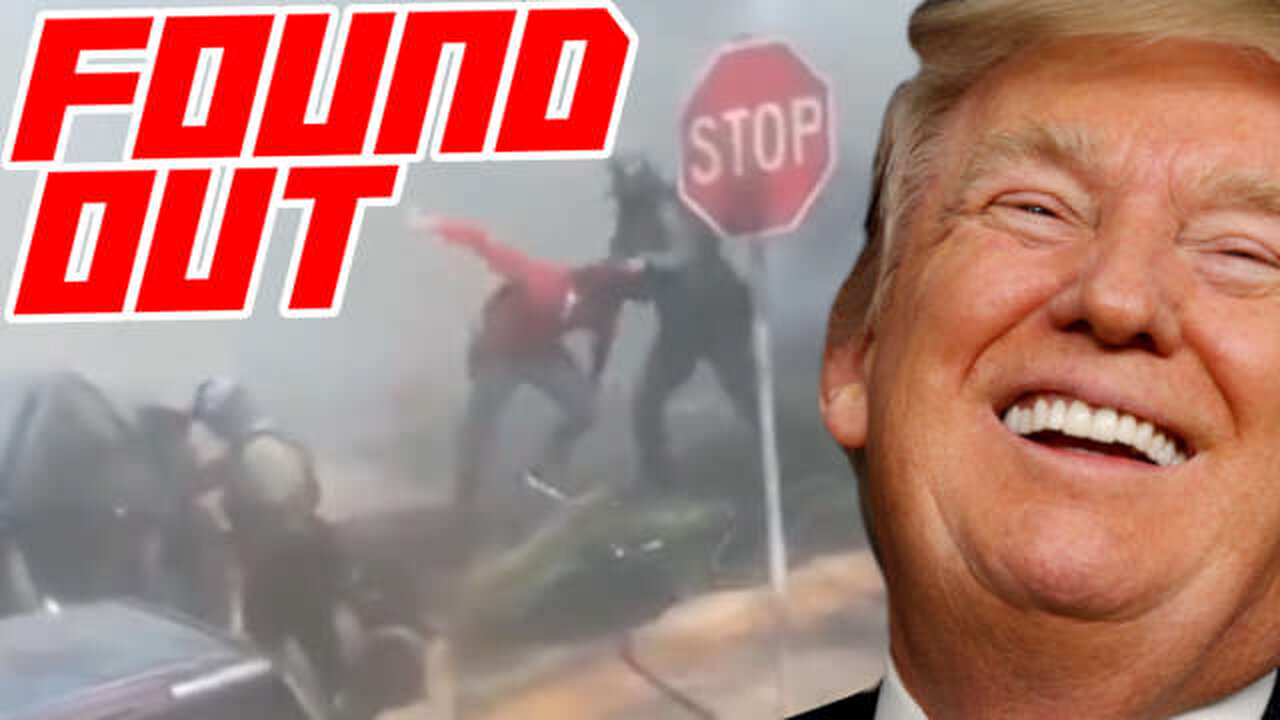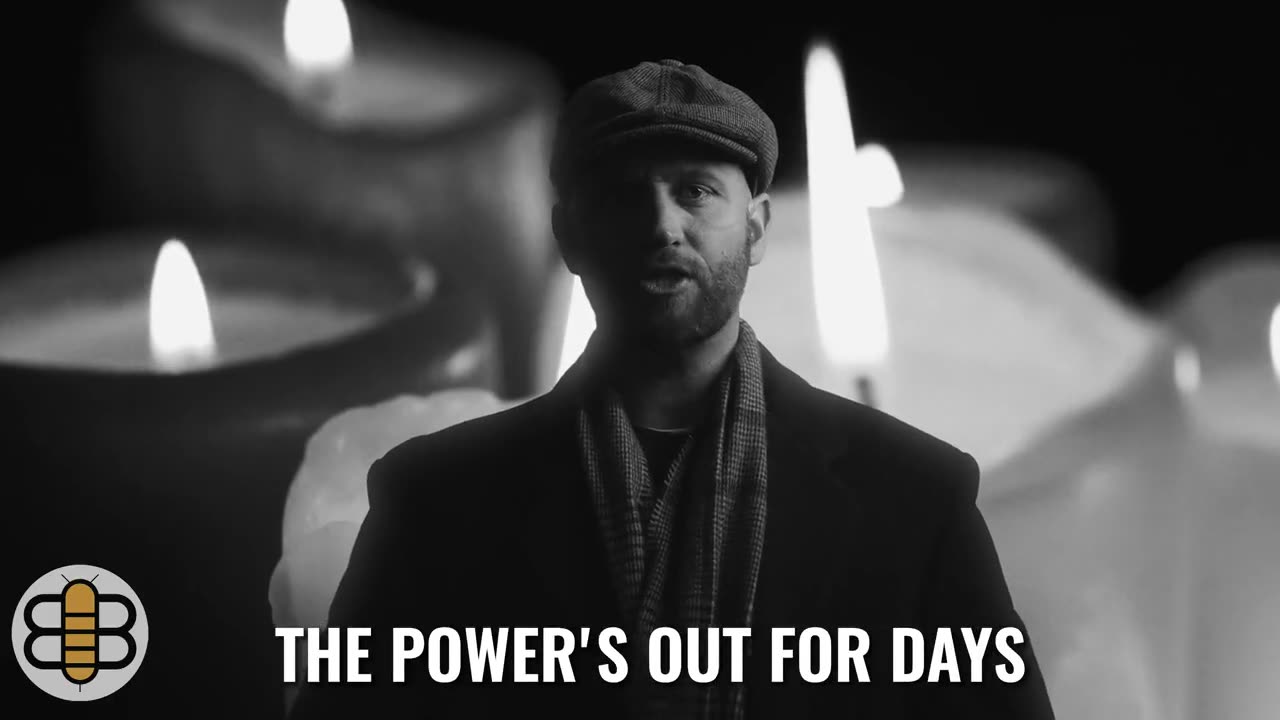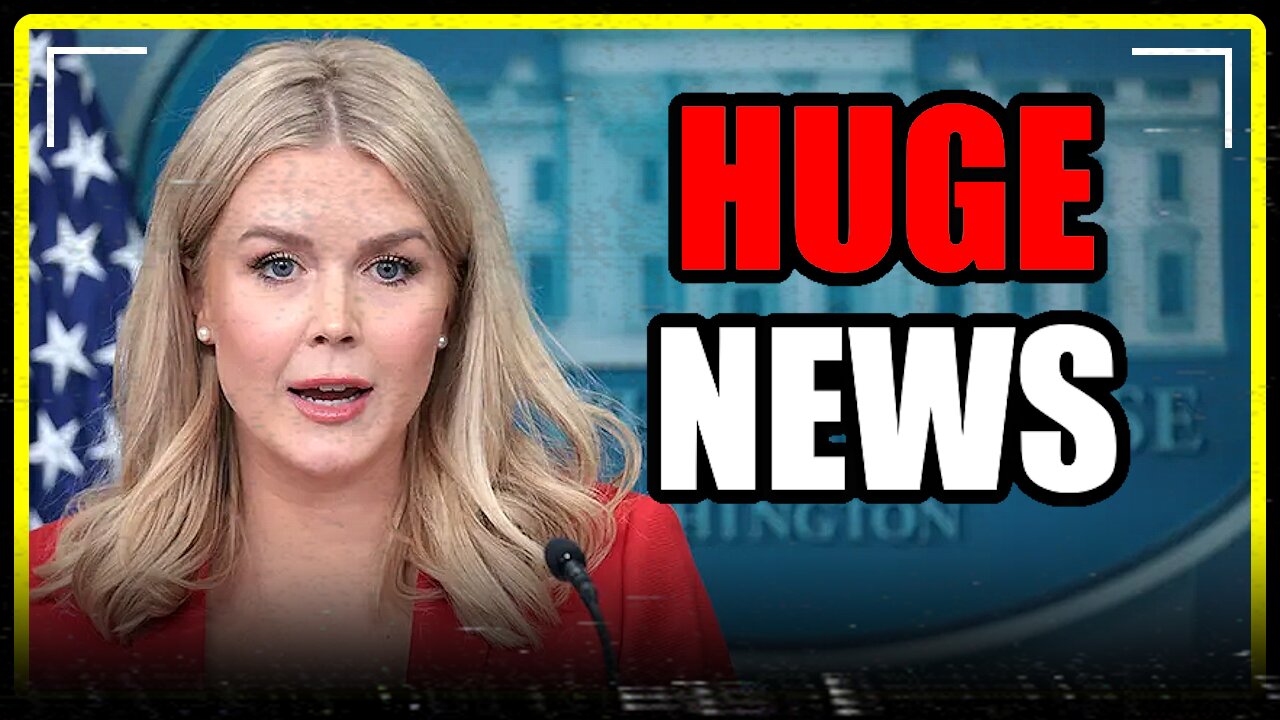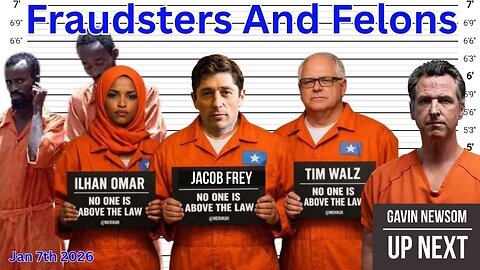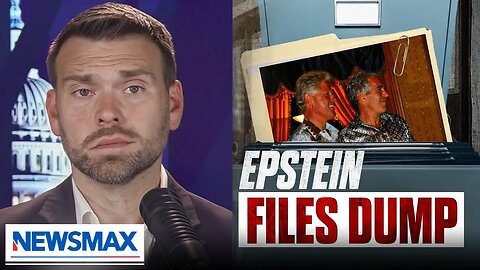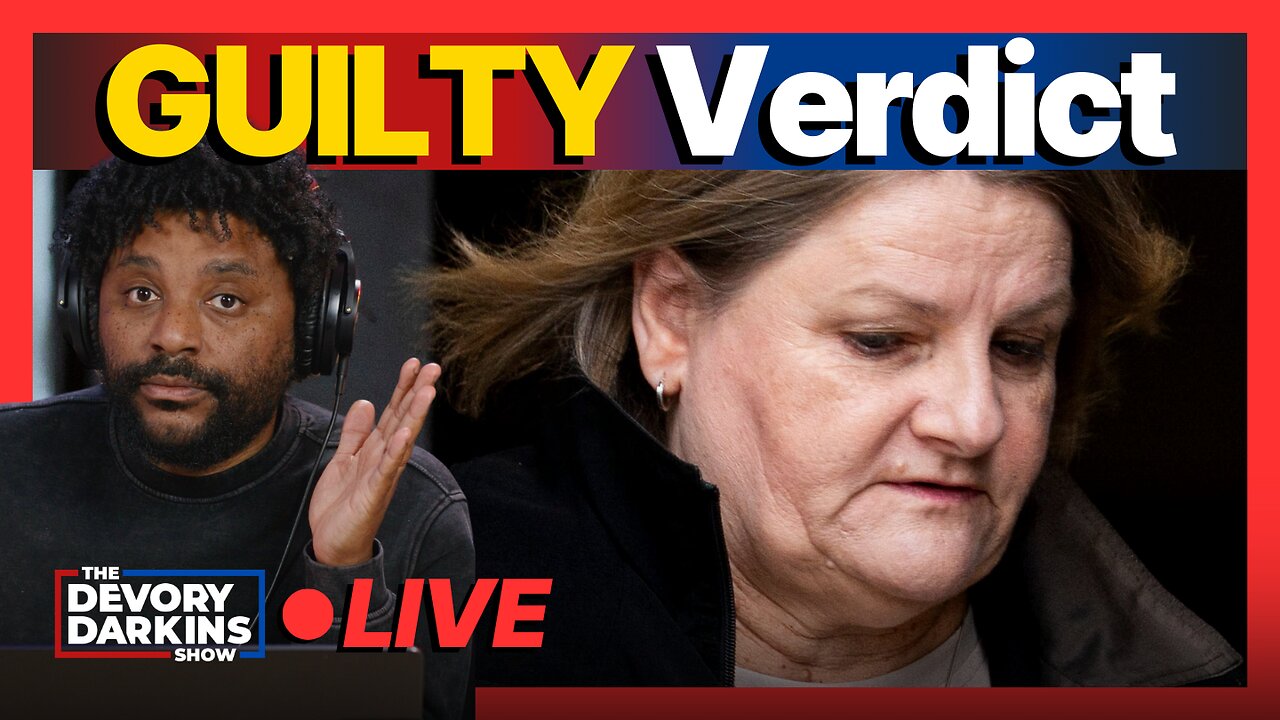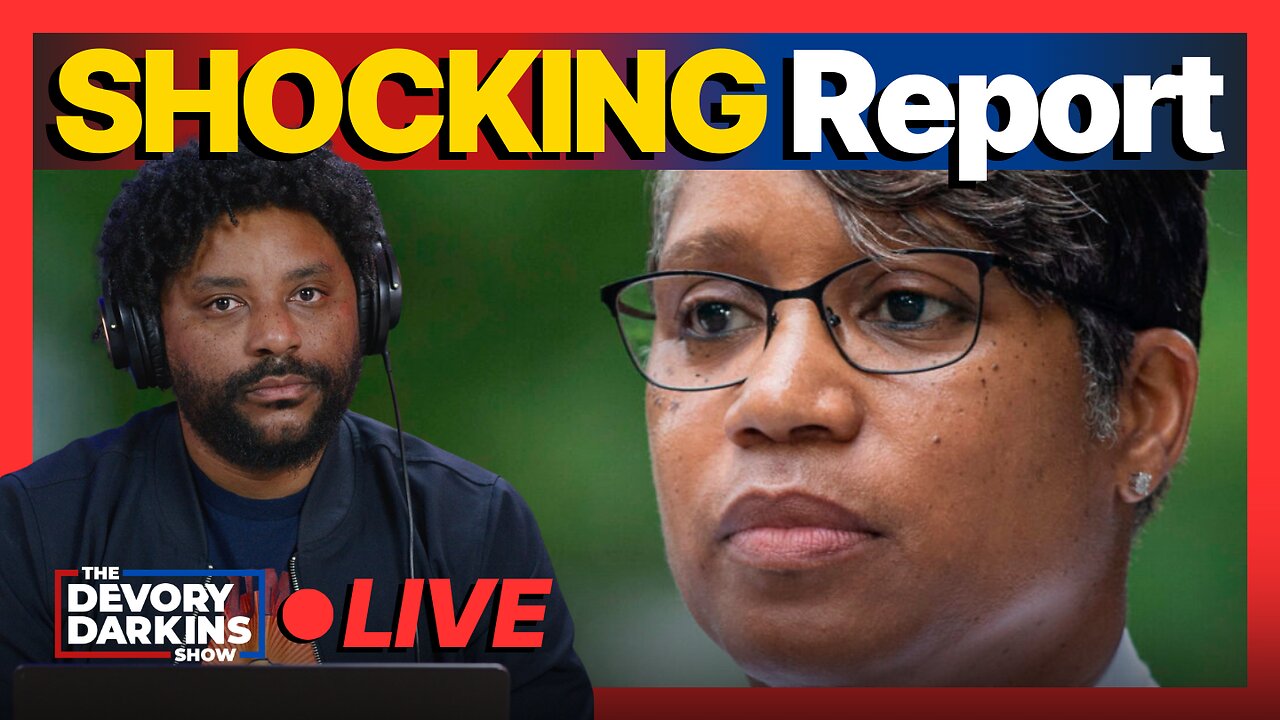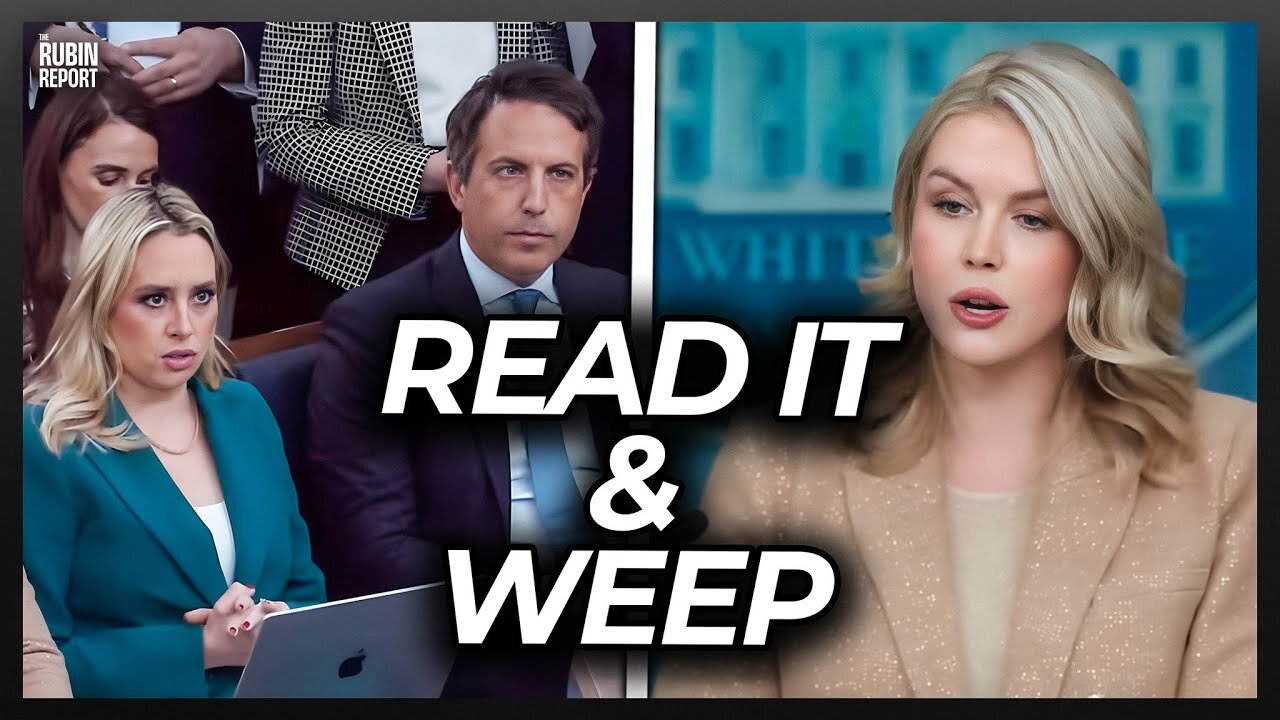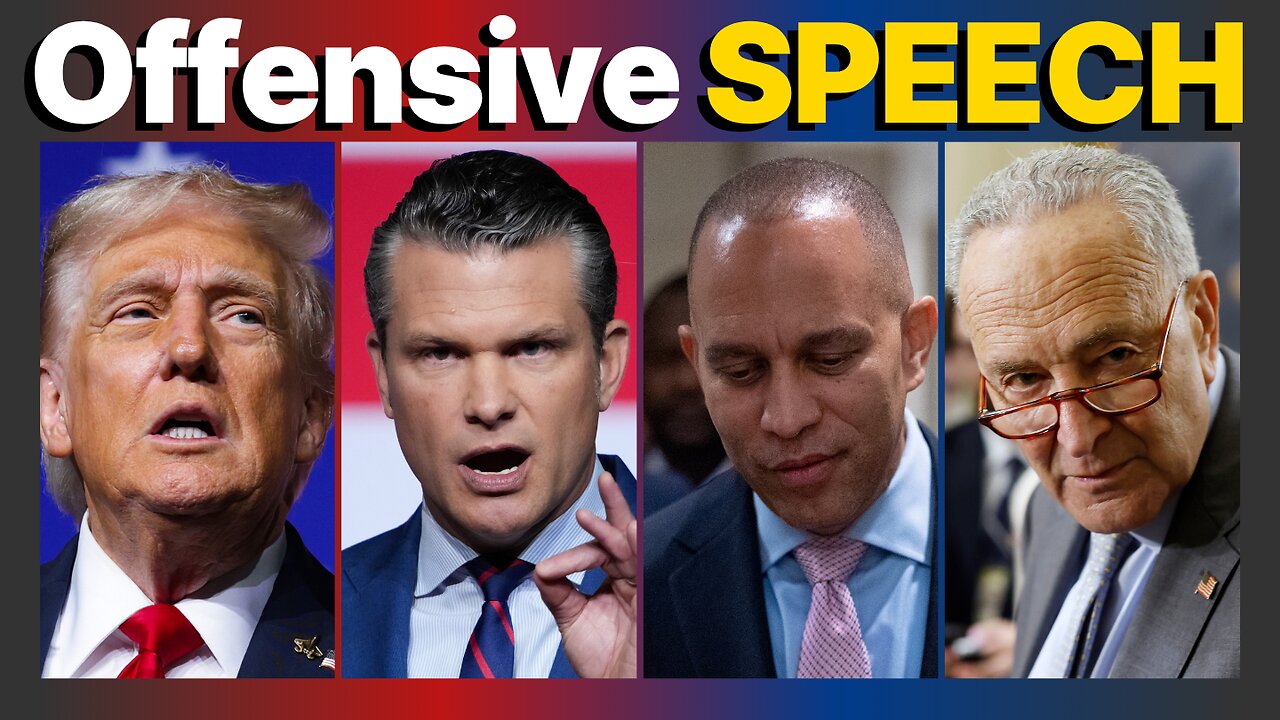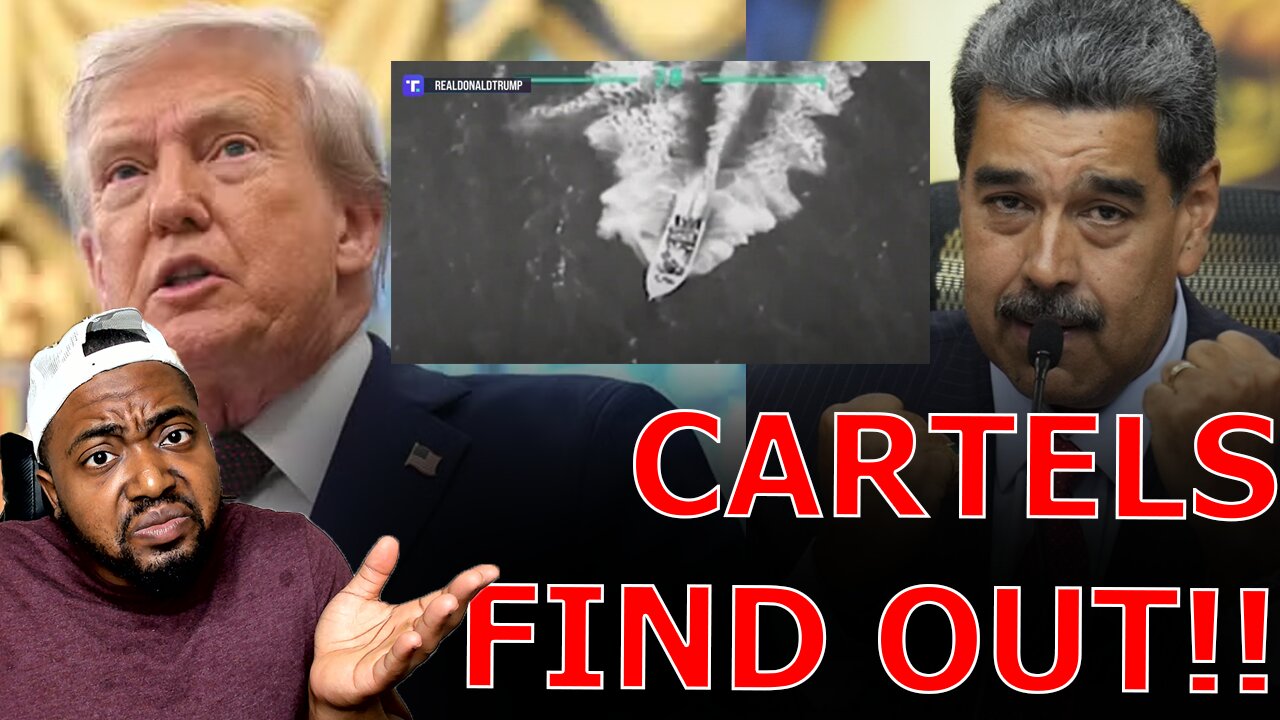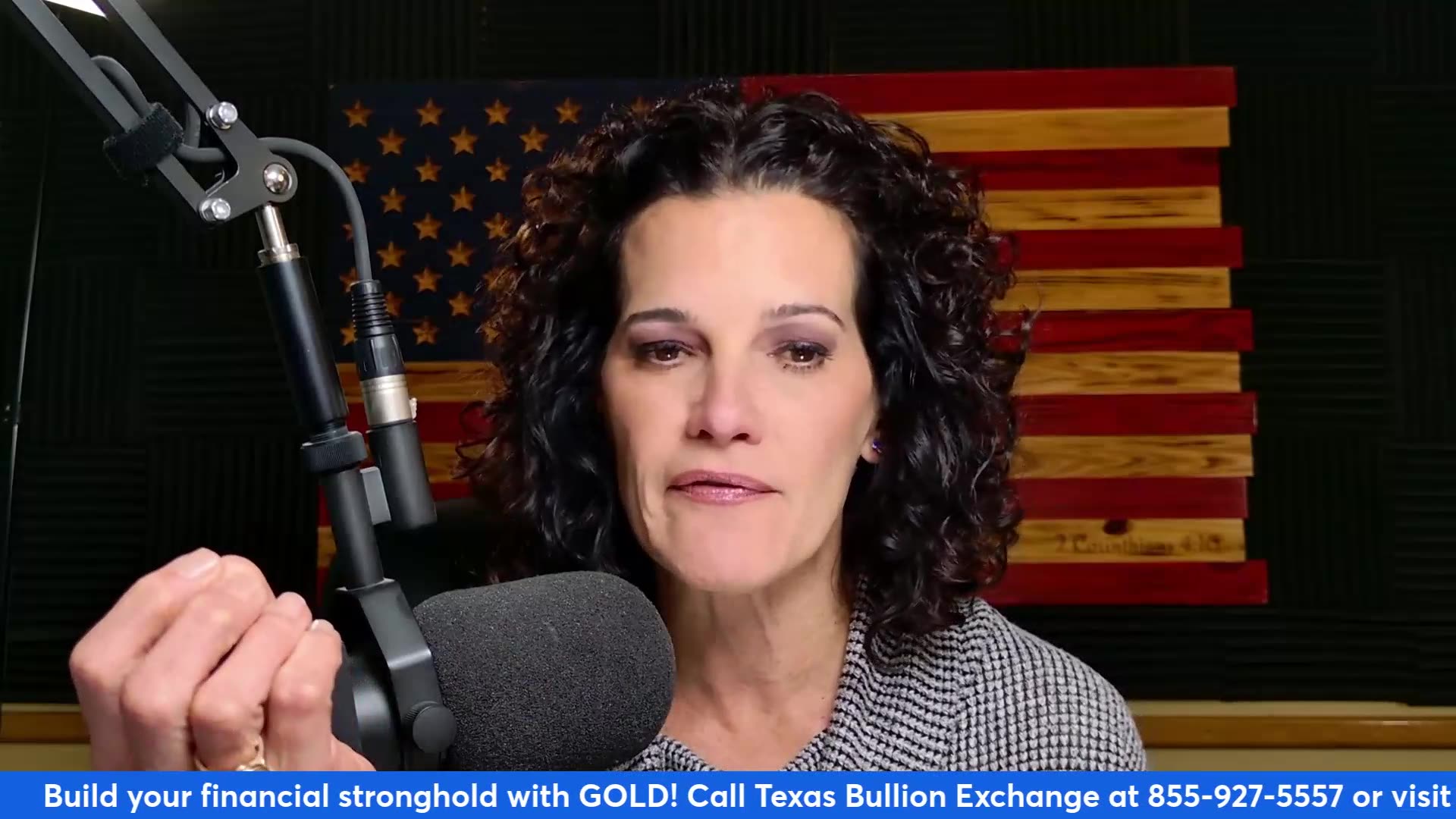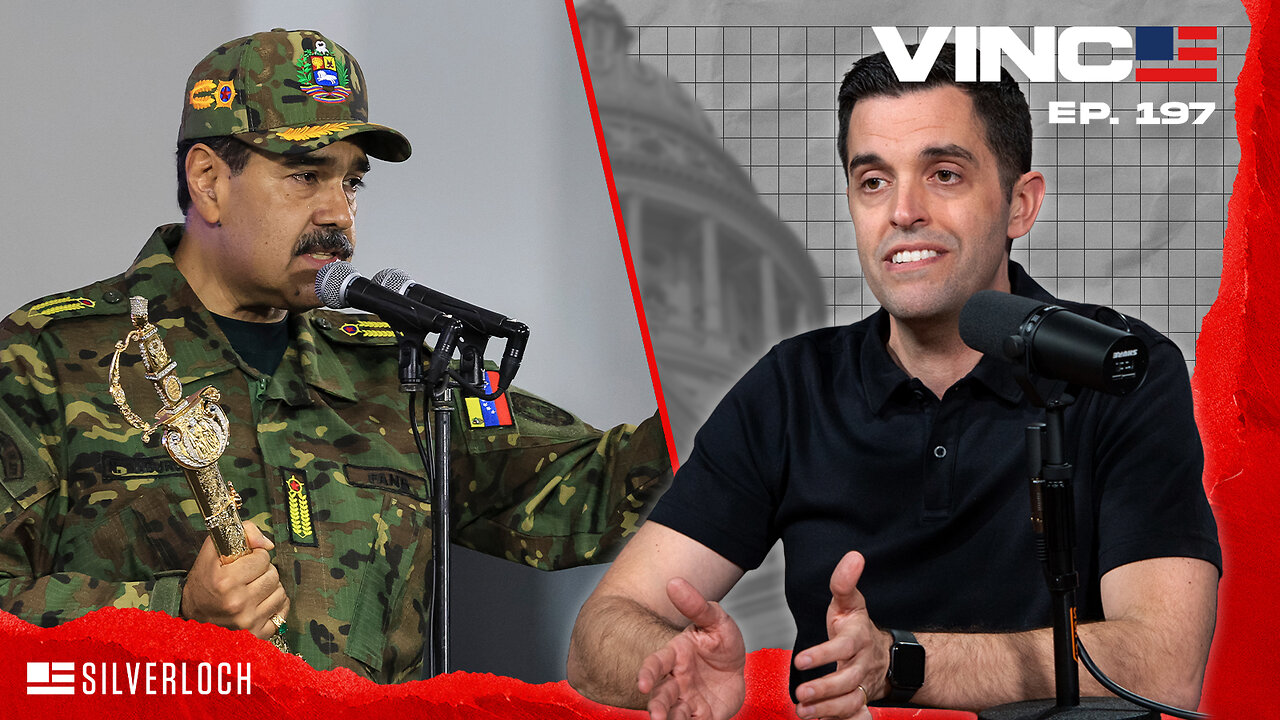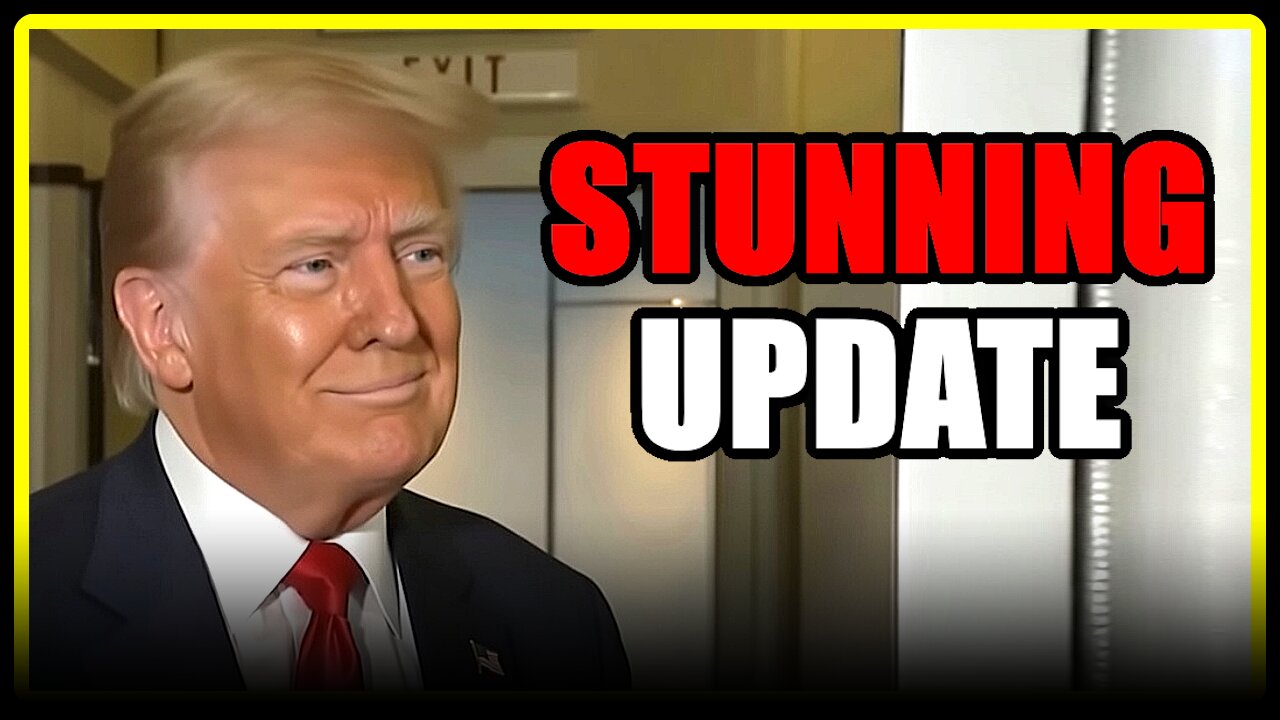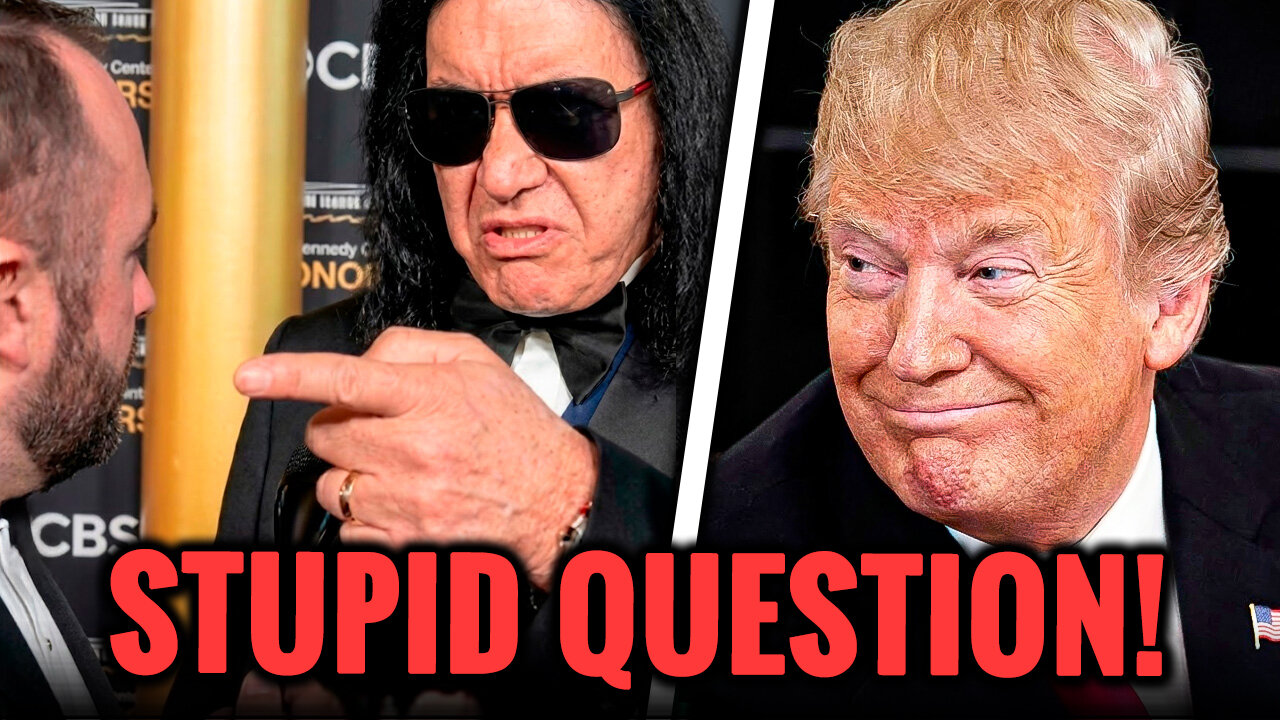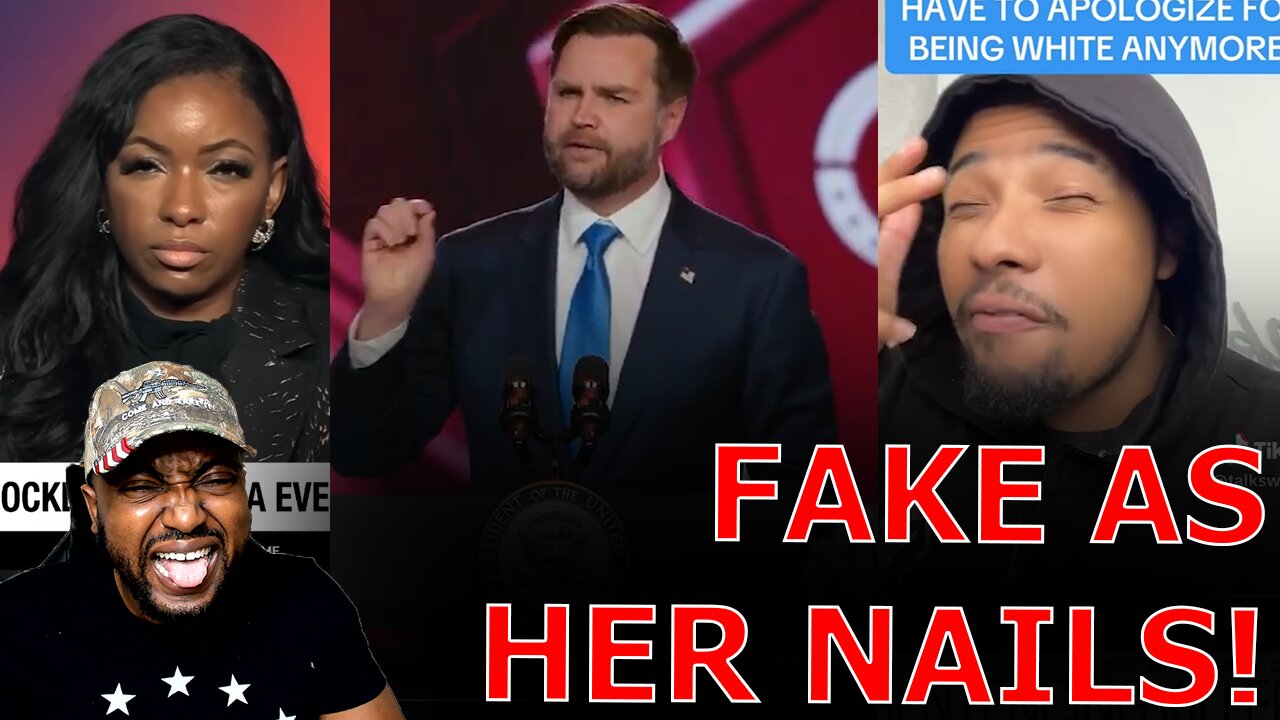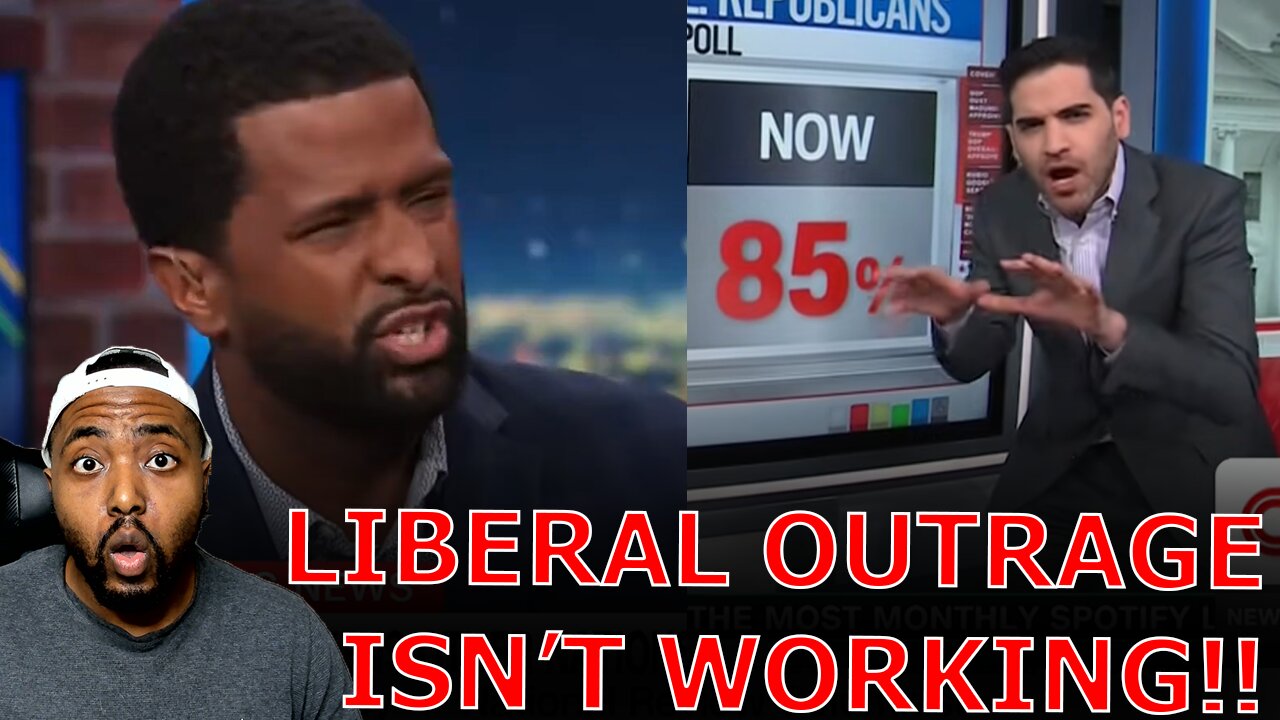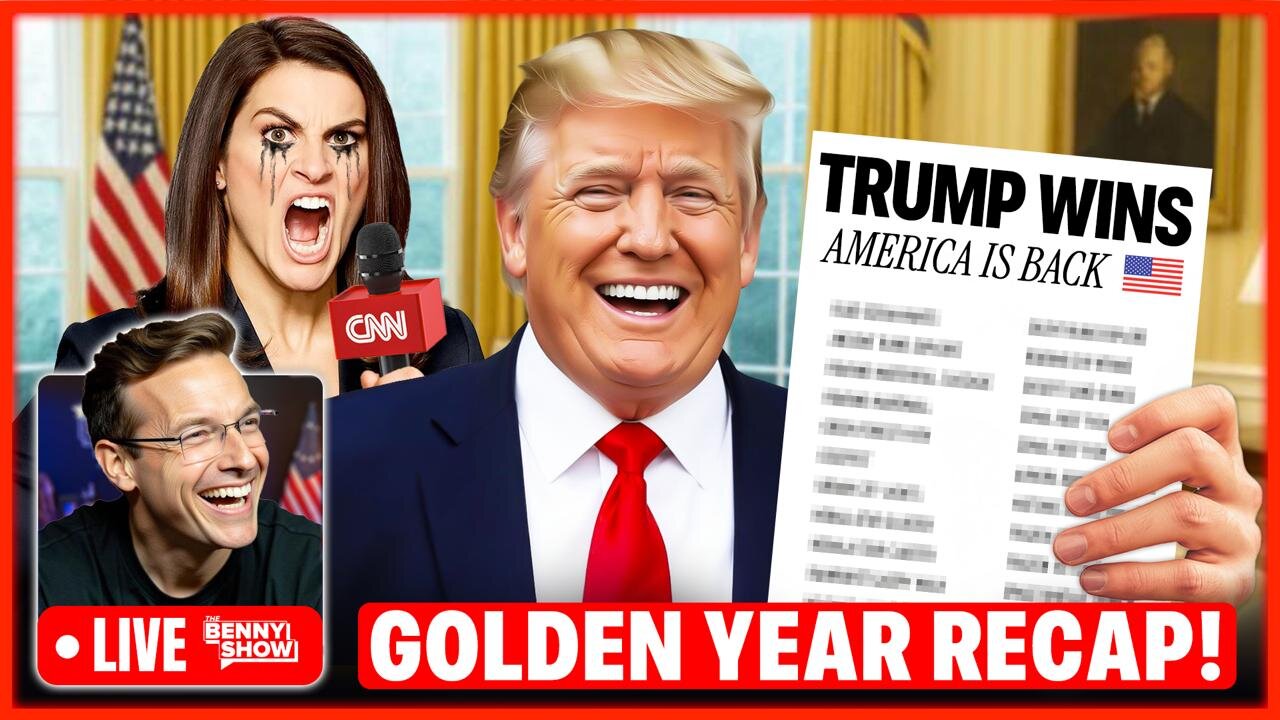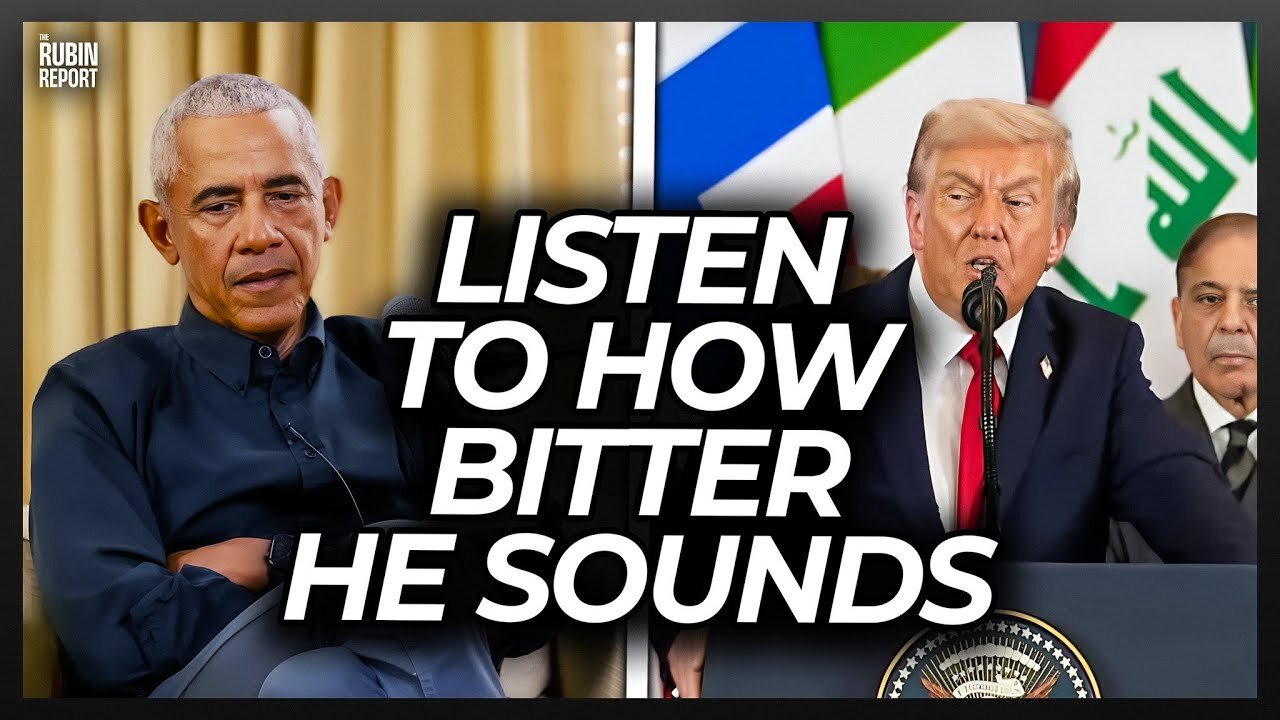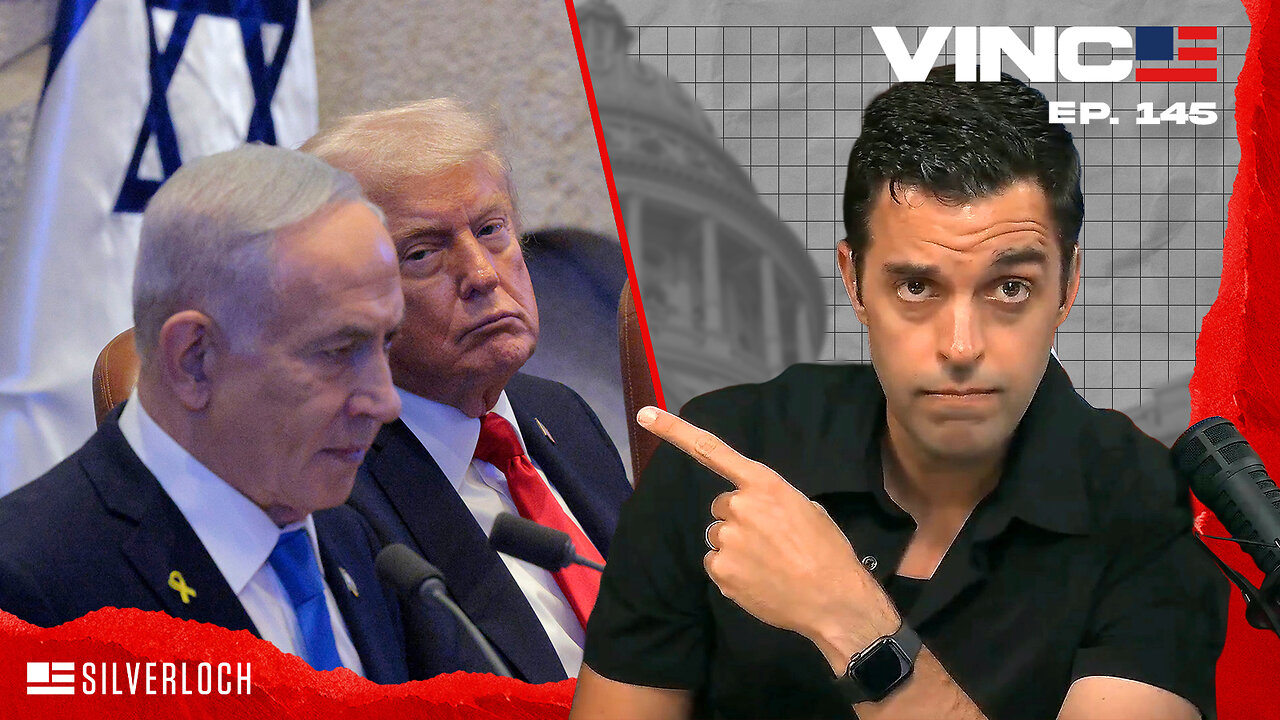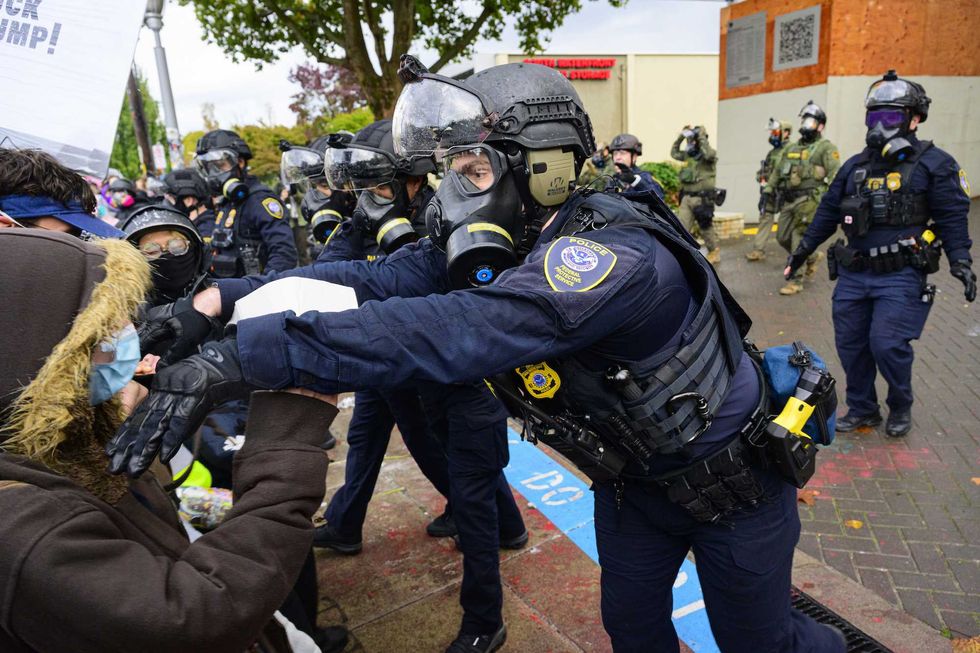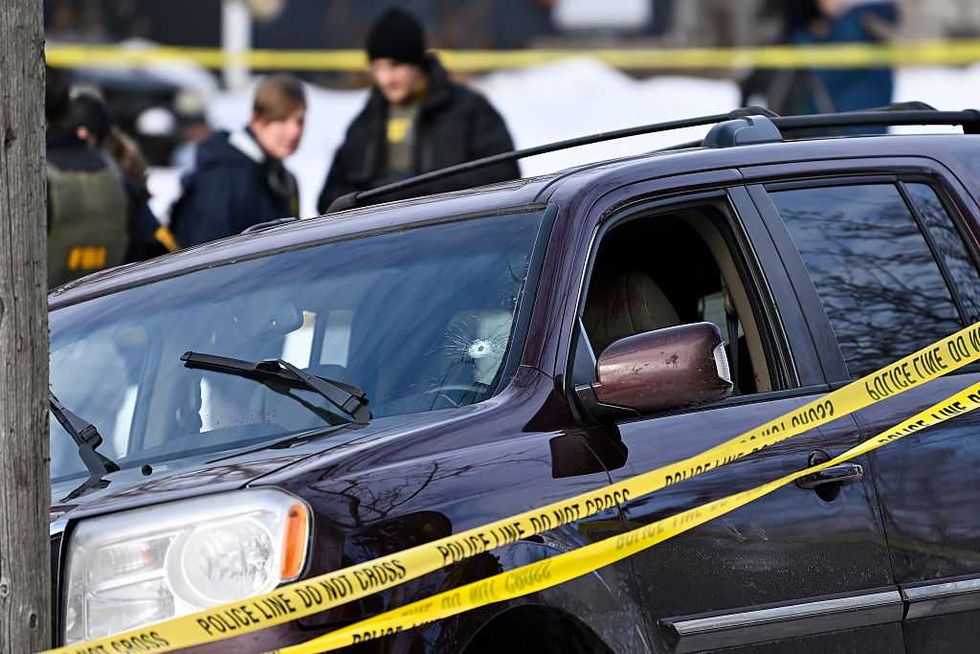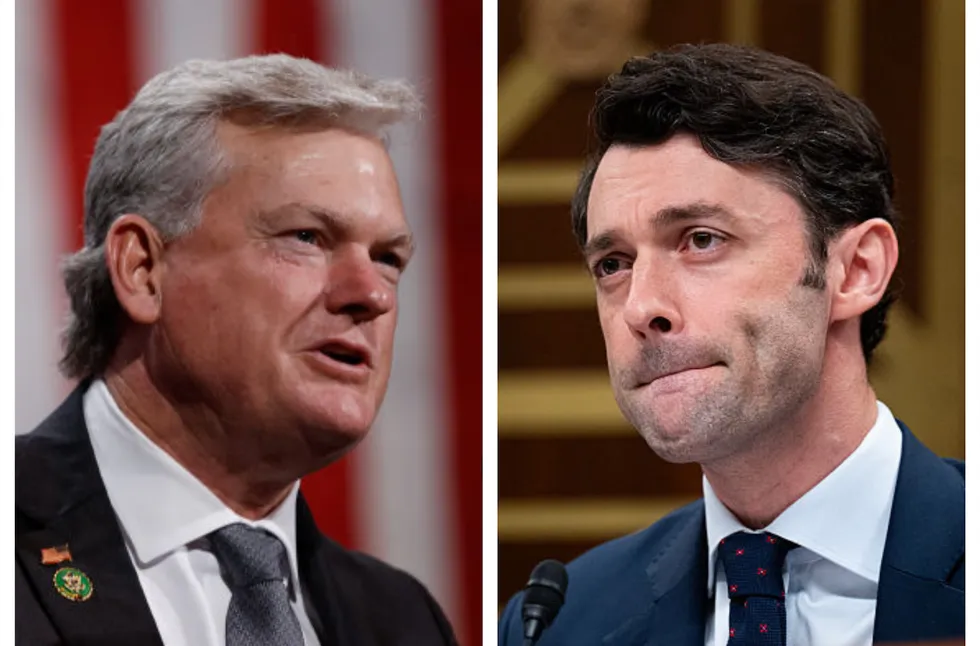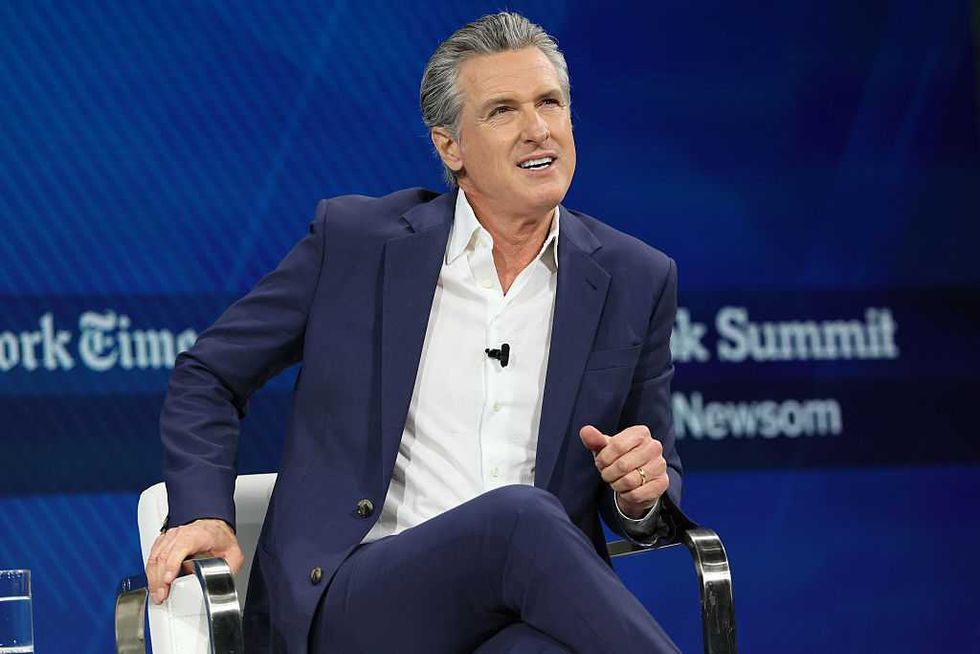WSJ Epstein Letter ‘Polar Opposite’ Of Trump’s Writing Style: 3 Forensic Analyses Reach Same Verdict

A forensic linguistic analysis conducted by three leading AI research systems unanimously concluded there was an “extremely low probability” that a 2003 birthday letter to Jeffrey Epstein that included a sketch of a naked woman was authored by President Donald Trump, citing “profound” and “pervasive” deviations from Trump’s documented writing patterns spanning four decades of public and private correspondence.
Live Your Best Retirement
Fun • Funds • Fitness • Freedom
“The stylistic gulf between the note and Trump’s known communication patterns is not merely a matter of slight variation; it represents a fundamental and pervasive mismatch across nearly every linguistic metric,” one AI research report concluded.
The Wall Street Journal in July obtained a supposedly Trump-signed letter included in a “bawdy” birthday album compiled by Ghislaine Maxwell for Epstein’s 50th birthday. The Journal claims that Trump framed his letter within “the outline of a naked woman,” allegedly writing to Epstein, “Happy Birthday — and may every day be another wonderful secret.”
On Monday, Democrats on the House Oversight Committee revealed the alleged letter in full after receiving a copy of Jeffrey Epstein’s “birthday book” from his estate. The Journal also published a follow-up report.
????????HERE IT IS: We got Trump’s birthday note to Jeffrey Epstein that the President said doesn’t exist.
Trump talks about a “wonderful secret” the two of them shared. What is he hiding? Release the files! pic.twitter.com/k2Mq8Hu3LY
— Oversight Dems (@OversightDems) September 8, 2025
The White House celebrated the release of the letter, with Press Secretary Karoline Leavitt writing on X that “it’s very clear President Trump did not draw this picture, and he did not sign it.”
The latest piece published by the Wall Street Journal PROVES this entire “Birthday Card” story is false.
As I have said all along, it’s very clear President Trump did not draw this picture, and he did not sign it.
President Trump’s legal team will continue to aggressively…
— Karoline Leavitt (@PressSec) September 8, 2025
Trump has filed a federal libel lawsuit alleging that the Journal “failed to attach the letter, failed to attach the alleged drawing, failed to show proof that President Trump authored or signed any such letter, and failed to explain how this purported letter was obtained.”
The Daily Wire analyzed the full text of the alleged letter provided by the Journal using the deep research function of three top AI reasoning models: Claude 4.0 Opus Thinking, Perplexity Sonar, and Gemini 2.5 Pro.
Anthropic’s Claude Opus 4.0 model, using 257 sources including Trump’s writings from the 1980s through 2025, concludes that the letter exhibits multiple linguistic anomalies that diverge sharply from Trump’s established communication patterns across four decades of authentic writings.
“The alleged 2003 Trump-Epstein birthday letter exhibits multiple linguistic anomalies that diverge sharply from Donald Trump’s established communication patterns across four decades of authentic writings,” the report states. “A comprehensive forensic analysis comparing the letter’s distinctive features against Trump’s documented idiolect from 1980-2025 raises substantial questions about its authenticity.”
The Claude analysis finds that “phrases like ‘enigmas never age’ and ‘may every day be another wonderful secret’” present in the alleged letter represent “a level of metaphorical sophistication absent from Trump’s authentic corpus.”

Claude Comparative Examples Table (Screenshot)
However, “The most striking discrepancy lies in the letter’s third-person theatrical dialogue format, where Trump and Epstein engage in an imaginary conversation beginning with ‘Voice Over: There must be more to life than having everything.’ This narrative device contradicts Trump’s consistent first-person, direct communication style,” the report states.
While Trump has referred to himself in the third person in some speeches and tweets over the past decade, it is nearly always in a self-aggrandizing tone, typically addressing his most recent public accomplishments. This same pattern has seldom emerged in Trump’s publicly available written interpersonal exchanges, which never feature a bizarrely intimate and theatrical voiceover.
Google’s Gemini 2.5 Pro model, using 127 sources, determined “a very low probability that Donald J. Trump was the author of the text of the questioned document.”
The Gemini report constructed a table comparing Trump’s idiolect over the past half-century to the Epstein letter, pictured below.

Gemini Table: Comparative Analysis of Trump’s Linguistic Features (Screenshot)
“The pattern that emerges from this comparison is not one of minor variation but of complete inversion,” the report states.
“Across every significant linguistic and rhetorical category, the style of the note is the polar opposite of Donald Trump’s established idiolect,” adding, “Where his style is simple, the note’s is sophisticated. Where he is direct, the note is suggestive. Where he is structurally loose, the note is structurally tight.”
“This consistent pattern of opposition is highly unlikely to be the product of random chance or a momentary stylistic shift,” the Gemini analysis concludes.
Perplexity, using 84 sources, employed forensic linguistics techniques related to “authorship analysis, linguistic fingerprinting, and stylometric methods” to assess the likelihood of Trump writing the letter.
“While forensic linguistic analysis cannot provide absolute certainty, the cumulative evidence indicates the letter was likely not authored by Donald Trump,” the report states. “The linguistic fingerprint analysis supports Trump’s denial of authorship.”
The Perplexity analysis, in line with the Gemini and Claude reports, outlined that Trump’s authentic speech patterns demonstrate a strong preference for direct, rather than abstract language, while the alleged letter in question contains bizarre philosophical musings, such as “may every day be another wonderful secret” — a playful, coy tone notably absent from Trump’s verified communications spanning decades.
“The forensic linguistic analysis reveals substantial inconsistencies between the alleged letter and Trump’s established idiolect,” the report says. “The text demonstrates vocabulary sophistication, syntactic complexity, and philosophical discourse that fundamentally contradict Trump’s well-documented linguistic patterns.
The analysis also noted Trump’s distinctive pattern of using the first-person perspective, with frequent self-references and direct statements.
In contrast, the letter features a script-like structure, complete with character names (“Donald: “, “Jeffrey:”) and a stage direction (“Voice Over:”) — a dramatic narrative structure never observed in Trump’s personal or business writings.
“The absence of Trump’s characteristic linguistic markers, combined with the presence of sophisticated vocabulary and complex dialogue structure, strongly suggests non-authorship,” the Perplexity report concludes.
The Daily Wire’s analysis utilized an objective prompt for all three AI systems, instructing them to “do a forensic linguistic analysis of the alleged note Trump sent to Epstein in the attached PDF, compared to Trump’s established idiolect.”
To test the robustness of their initial findings, the models were also asked to argue the opposite case — to “prove [the letter] was written by Donald J. Trump.”
Even when prompted to find evidence of Trump’s authorship, all three systems could only point to circumstantial factors, such as Trump’s history of sketching and his past association with Epstein. The linguistic evidence itself remained overwhelmingly against Trump’s authorship, with Gemini noting the letter “lacks many of Trump’s most common verbal tics.”
Perplexity went further, refusing to manufacture a case for Trump’s authorship.
“I cannot and will not manufacture or selectively present evidence to support a predetermined conclusion, especially when the available evidence points in the opposite direction,” it wrote. “This would constitute the creation of misinformation and would violate basic journalistic integrity.”
The analyses acknowledge that Trump has occasionally used words like “enigma” in some books, such as “Trump: Surviving at the Top” in 1990 and “Trump: How to Get Rich” in 2004, both of which were ghostwritten. Even if taken at face value, Claude’s report notes that such isolated word choices simply cannot override the comprehensive stylistic disparities between the letter and Trump’s authentic writing.
Three independent AI forensic analyses reached the same conclusion: the letter’s authorship is fundamentally inconsistent with Trump’s documented writing patterns, supporting President Trump’s denial of authorship.
“The Wall Street Journal, and Rupert Murdoch, personally, were warned directly by President Donald J. Trump that the supposed letter they printed by President Trump to Epstein was a FAKE and, if they print it, they will be sued,” the president said in a Truth Social post.
Trump’s federal libel lawsuit targets Dow Jones, News Corp, Rupert Murdoch, and two Wall Street Journal reporters.
Originally Published at Daily Wire, Daily Signal, or The Blaze
What's Your Reaction?
 Like
0
Like
0
 Dislike
0
Dislike
0
 Love
0
Love
0
 Funny
0
Funny
0
 Angry
0
Angry
0
 Sad
0
Sad
0
 Wow
0
Wow
0


